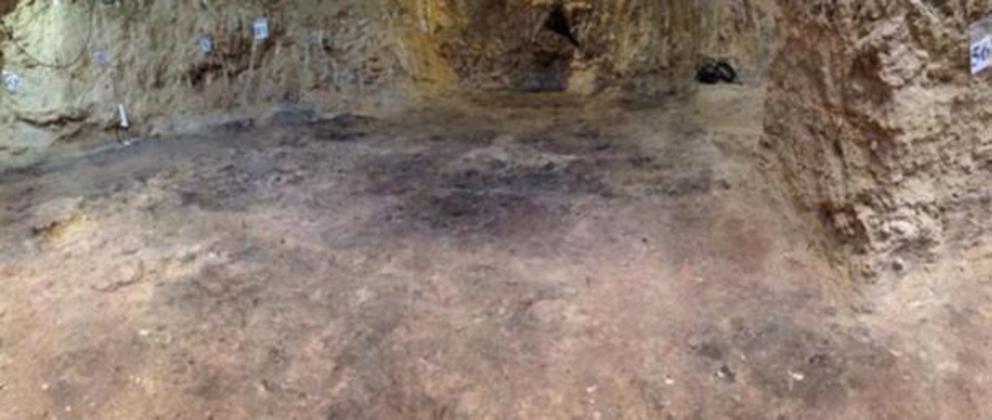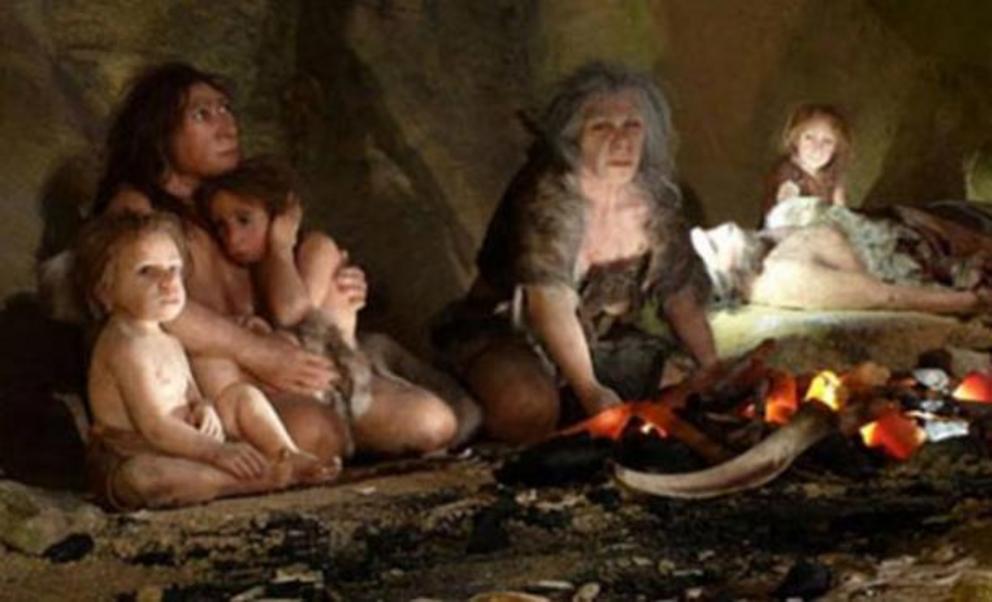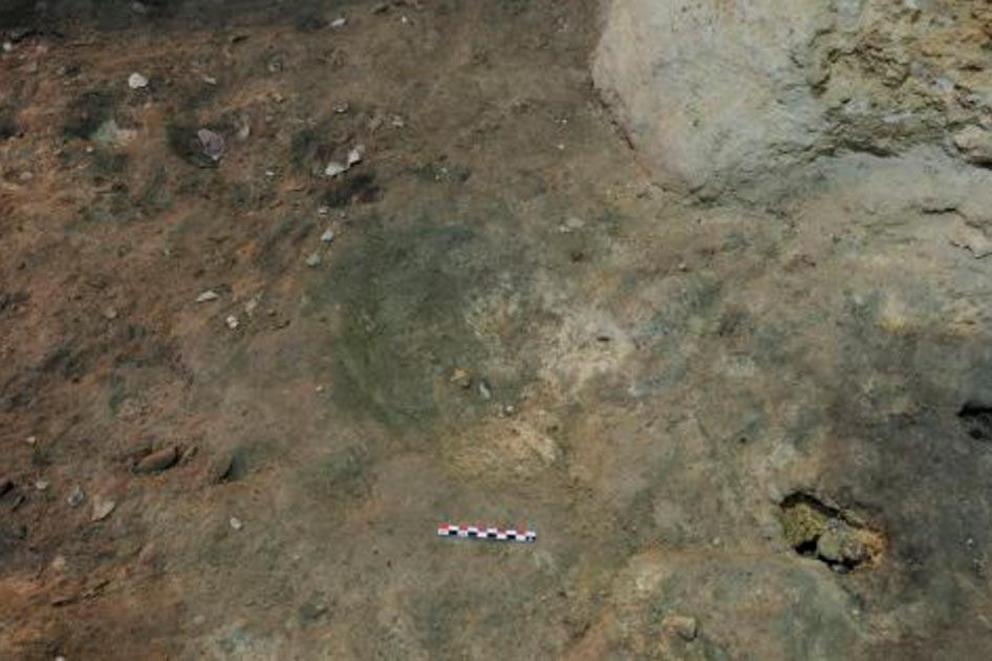Discoveries in Spanish cave suggest Neanderthals had hot water and bedrooms
Archaeologists in Spain have made a number of discoveries inside an ancient cave in Catalonia which suggest that Neanderthals had hot water and separate living quarters around 60,000 years ago. The finding adds to the mounting evidence that Neanderthals were a lot more sophisticated than previously thought and were at least as advanced, if not more so, than early Homo sapiens.
The Catalan Institute of Human Paleoecology and Social Evolution (IPHES) reports that more than 10,000 fossil remains and artifacts were retrieved from the cave located at Abric Romaní in Catalonia, enabling scientists to confirm long-term occupation of the site by Neanderthals.
Among the more significant discoveries was a concave hole measuring 16 inches x 12 inches x 4 inches (40 x 30 x 10cm), which was found enclosed by a large number of hearths with evidence of fire use. Archaeologists believe the Neanderthals used the hole to heat water by placing heated stones from the hearth.
“Hearths have been discovered in other Neanderthal dwellings” reported the MailOnline, “and it’s been suggested that they even cooked their food by boiling it in a bag made of skin, or a birch bark tray to soften it – possibly seasoning the meat with herbs.”
Following a detailed analysis of the cave, archaeologists were also able to determine that Neanderthals used different parts of the cave for different activities, including making tools , butchering meat and preparing food, throwing out rubbish, and sleeping.
The sleeping area was identified by the fact that there were fewer artifacts and less debris.
 The area identified as a bedroom in the Catalonia cave.
The area identified as a bedroom in the Catalonia cave.
While the archaeologists at the IPHES claimed that the 2015 finding presents the first evidence of a Neanderthal ‘bedroom’, findings in a collapsed rock shelter in Italy in 2013 already confirmed that Neanderthals had an organized use of space, something that had previously only been attributed to humans.
 Depiction of a Neanderthal family. An exhibit at the Neanderthal Museum in Krapina, Croatia.
Depiction of a Neanderthal family. An exhibit at the Neanderthal Museum in Krapina, Croatia.
The rock shelter in Italy contained separate levels. The top level was used for butchering animals because it contained a high concentration of animal remains. The middle level contained the most traces of human occupation and seems to have been a long-term sleeping area. Artifacts were distributed to avoid clutter around the hearth at the back of the cave. Finally, the bottom level was a place for shorter stays. Animal bones and stone tools were concentrated at the front rather than the rear of the shelter, suggesting that tool production took place there to take advantage of available sunlight.
Gone are the days that Neanderthals were viewed as little more than subhuman brutes and grossly inferior to our own species. Numerous studies over the last decade confirm that their intelligence was at least equal to that of early Homo sapiens.
There are, for example, studies which demonstrate Neanderthals created art , used medicinal plants , liked to have a comfortable home ‘base’ , and may have even used some form of modern language and speech. Recent studies have also shown a compassionate side to Neanderthal life, with evidence of them caring for each other and ensuring the survival of their companions when they suffered from illnesses or injury , or as old age set in .
All of these studies provide strong evidence of a certain level of sophistication not commonly associated with the stereotypical grunting Neanderthal.

